3 packs of instax square and some rather good crisp days later I’ve got a grasp of Diana Instant. But does it live up to the Hype as being the lomographer’s instant camera. And does it stay true to the Diana concept & style ?
The instant film market is a true wonder story in analogue photography. It has been a major success for Fujifilm with their instax films. Even Polaroid has risen from the bankrupt dead. But is this the Instax you should consider ?

Lomography have become the second biggest maker of Instax cameras with a range that covers the 3 instax formats. The Diana Instant merges this recent direction with their Lo-Fi classic the Diana F+. The Diana F+ itself is a hommage to the classic 60’s Lo-Fi Hong Kong made Diana camera and clones. The F+ takes 120 film but is also a system camera with interchangeable lenses and film backs (including a instant one). It has already spawned a great 35mm version the Diana Mini and the not so great Diana Baby 110.

Whats in the box ?

The camera comes nicely boxed in same style as the Diana F+. It comes with flash mounts for standard hotshoe and Diana F+ flash. There was a manual and a quirky little book with some thoughts and example photos. There’s a flimsy basic neckstrap & the same wedge you get for locking the shutter switch down in bulb mode as with the F+.
Tucked in the wall of the box is lens cap (which I missed). There was a inlay as well but that may have been a special for kickstarter backers. The base camera costs £99 from lomography without the F+ flash. Getting as a flash kit is just £16 more but bear in mind you can use any flash you want as the base model comes with adapters for both the F+ flash and hotshoe.
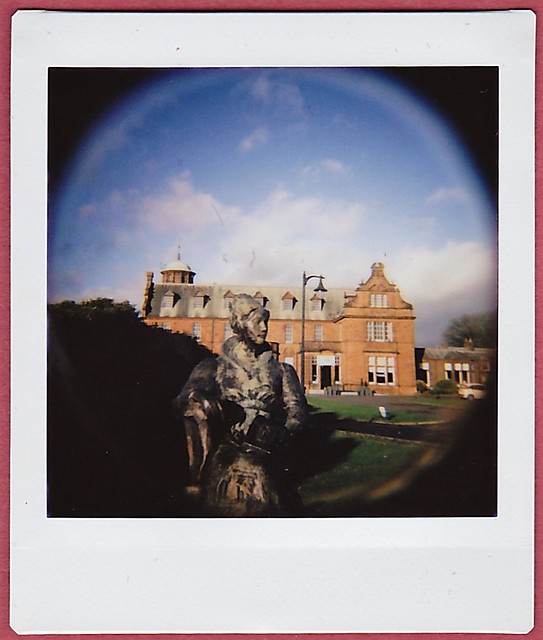
The Spec
At the time of launch only 800 ISO Instax film exists. This means that the Square’s settings need to be adjusted slightly. In fairness they keep everything in the same place with the shutter and aperture being behind the detachable portion of the lens on the lens mount
They are both controlled by 2 sliding switches. The shutter gives the usual N for Normal and B for bulb settings. Here N is set at 1/100 rather than 1/60 as with the F+.
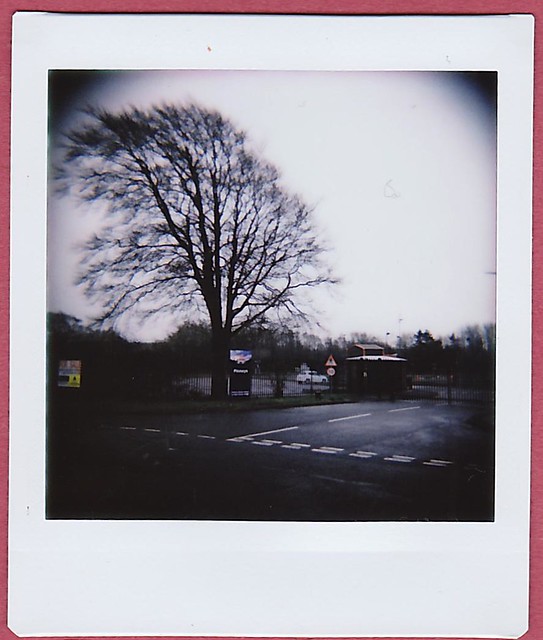
The aperture switch moves between pinhole (1/150), Sunny (f/32), partial cloudy (f/19) and cloudy (f/11). With N(1/100) they give a EV100 equivalnet exposure range of 10-14.
The instax eject mechanism is powered by 4XAA battteries and the camera must be turned on in use. The on off switch offers a MX (multiexposure) function too.
The Stock Lens
The standard Instant lens is a 75mm plastic lens that fits the wider bezel. Like the standard 75mm of the F+ it too has 3 zone focusing achieved by moving a focusing ring around the lens. Unlike the original Diana F+ lens- this one supports 30.5mm (0.75mm thread) filters.
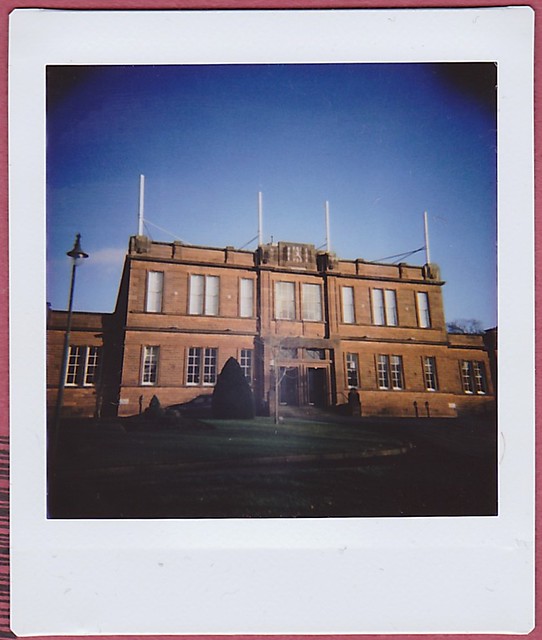
Looks and build
This one big camera. It towers over the original Diana. It also heavier but in a reassuring way. The build quality is actually pretty good for an almost all plastic camera. It is the best built camera by Lomography I’ve ever held and better than I expected (take note Yashica Y35 boys). But it is big and the lens mount is massive.
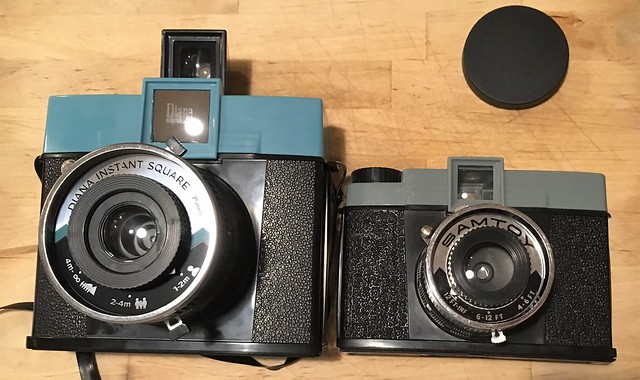
The provided standard lens is equally big but this can clip off and you can mount easily and use any Diana F+ lens. Only exception is the Splitzer lens.
The camera broadly keeps the same design and cues from the F+. The obvious difference is with the viewfinder. To accommodate the instax mechanism, it no longer fits within the top of the body. The camera has an accessory shoe that fits a clip in viewfinder and swapped for other viewfinders. This is a simple viewfinder and prone to both vertical and horizontal parallax error.
Where the old viewfinder would have been is a handy selfie mirror that actually works

Use
Loading is a joy compared to the F+ with the instax cartridge just slotting in. Remember you’ll need to fire off the blanking plate before you can actually take any shots. Remember the shutter switch although electronically toggled to the Instax mechanism will still open even if the camera is turned off.
The on switch also allows for MX.
You’ll probably set up the camera facing you. To take the shot it is a natural 2 hand grip but feels quite good and the shutter switch on the barrel makes sense. Make sure you clip in the apertures correctly or you’ll get a duff shot, as they’re controlled by waterhouse stops.
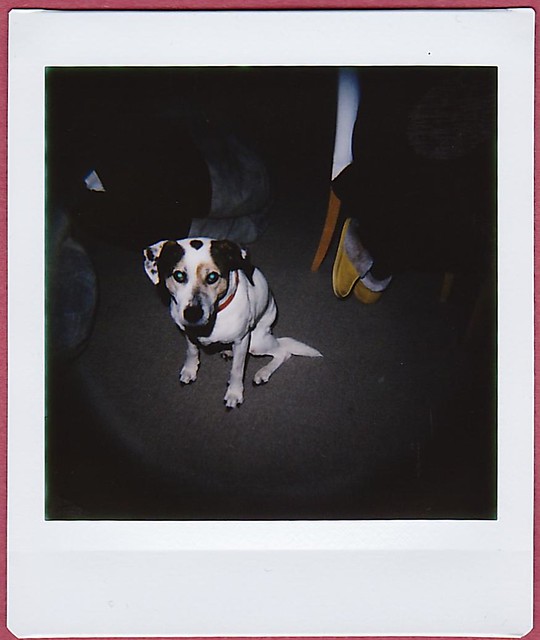
Obviously you’ll need to wing it with the exposure. The suggested apertures are reasonable in daylight when compared to a handheld meter
Results
One thing you learn quick is that instax has a narrower latitude compared to negative film. This explains why most instax cameras automate exposure (or auto flash) by default. Think more slide film and you get the idea. I wasted a fair number of flash shots as I misjudged the exposure (better to over expose than under) and i’m not sure the provided flash table is all that accurate.
In daylight things get better and I found it worked well enough. Instax and the Diana Instant don’t mix on dull days. But get a bit of sunlight and thing fun up
Look this was never gonna be killer sharp, perfectly exposed stuff. But you get a classic lo-fi image in a instax format.

The focus is at best a bit soft. It worsens rapidly towards the edges. The although I’d not recommend usually going as tight as f/32 for image quality it does seem better than when the lens is wide but then again that may be because you’re shooting in good light.
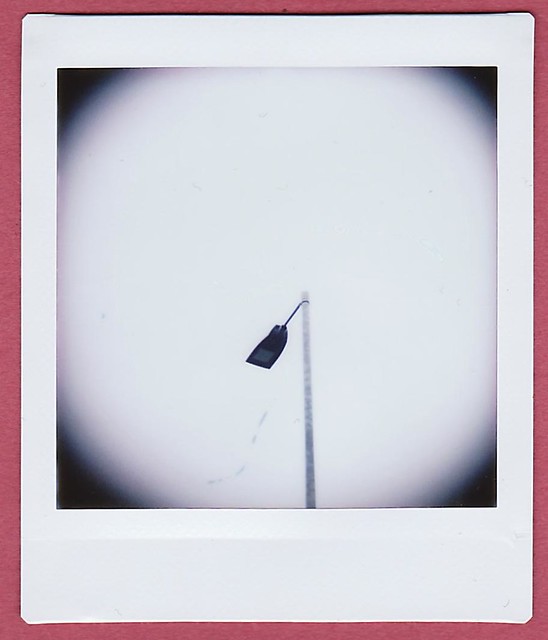
Vignette to go !
There is a vignette that seem less dependant on aperture. There seems little difference at 4m-∞ focus irrespective if tight f/32 or wide at f/11. The vignetting gets more noticeable as you focus closer at all apertures as does a more obvious light ring
You of course get some radial (pincushion) distortion and chromatic aberrations. But that’s half the fun !
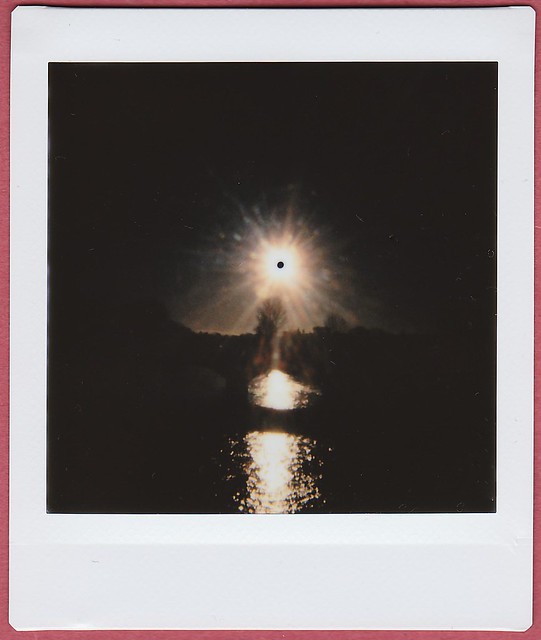
Pointing the camera at the sun or silhouetted items and shooting on pinhole (f/150) produces interesting results. It is clear Instax cannot cope with the intensity of the light giving a blacked out area ! I’ ve only seen this on really cheap digital sensors before.
Cost of ownership
But what about the running costs?
It depends on your viewpoint. If you wanna do film photography as cheap as you can go and buy a 35mm camera (ideally half frame like a Olympus PEN series). I can shoot a roll of Fujifilm superia with 36 exposure and get it processed and scanned for less than a single instax square pack
Switch to 120 film and things change. If I shoot my Diana F+ in 6×6 mode I get 12 exposures. The cost of just developing and printing (or scanning) that roll is about the same as an instax pack. That’s before you add in the cost of the film !
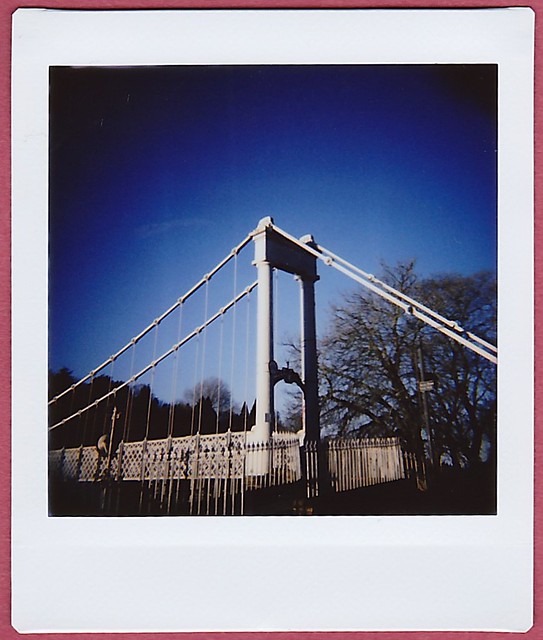
Conclusion & Thoughts
If you what an easy to use, instant camera that will take dependable pictures look away. This is not for you. But it never was and that was never it’s selling point
This actually lives up to the hype as the Lo-fi instax to go for. This is an insanely fun and challenging camera not without it’s faults. Then again no true Lomo camera was ever perfect. When you get it on the ball you get lovely lo-fi images. If you’re a fan of the Diana F+ then this is the instax for you. The fact that you’ll be able to share lenses with your F+ is a bonus.
This is the only instax camera supporting external flash units (and a wide choice at that) !
There is simply no comparable camera on the market that offers all this. The closest you’ll get is sticking a instant back on the Diana F+. The back which isn’t current available costs about £75 from Lomography and you’ll still need a Diana F+ on top of that. Reliability is an issue from what I’ve read and it uses the smaller instax mini format. You however do get single body that can shoot 120, 35mm and instax.
Also consider
It’s biggest rivals are the Lomo’Instant camera series (arguably the Square is closest). But although they have a lo-fi appeal, they lack the Diana effect. Also take a glance at the Jollilook. A vintage style folder made form recycled cardboard. It also costs a mere $55USD. At the other end is the Mint TL70. This is fully functioning TLR that shoots instax mini and has AP controlled exposure giving incredible control. However it is metered, pretty pricey ($389USD) and not really a Lomo contender.
Don’t forget the name of the company that started instant. Impossible project effective rescued the production process when Polaroid went bankrupt and now trade under Polaroid Originals. The revised and updated Polaroid OneStep cameras give a nice Lo-Fi ethos with that classic ‘roid sized image. Again though not manual controlled and even the newer battery free film packs work out as 8 shots for just a couple of quid less than a twinpack of Instax square (i.e. 20 shots).
Don’t forget the name of the company that started instant. Impossible project effective rescued the production process when Polaroid went bankrupt and now trade under Polaroid Originals. The revised and updated Polaroid OneStep cameras give a nice Lo-Fi ethos with that classic ‘roid sized image. Again though not manual controlled and even the newer battery free film packs work out as 8 shots for just a couple of quid less than a twinpack of Instax square (i.e. 20 shots).
The Bottom line
If you want an easy to use no fuss Instant camera look away. If you want lomo fun and challenge, this camera may be right for you with its Diana Aesthetics. Well built and keenly priced too !

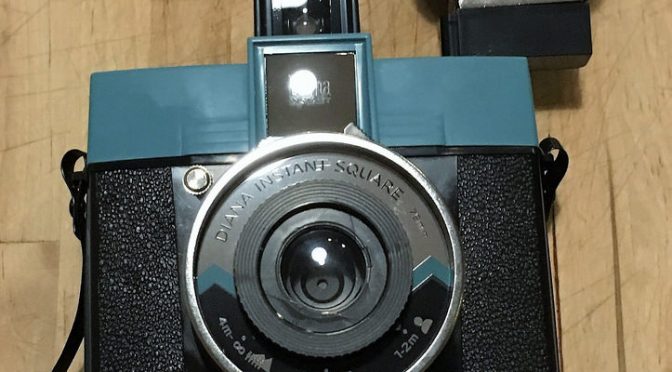
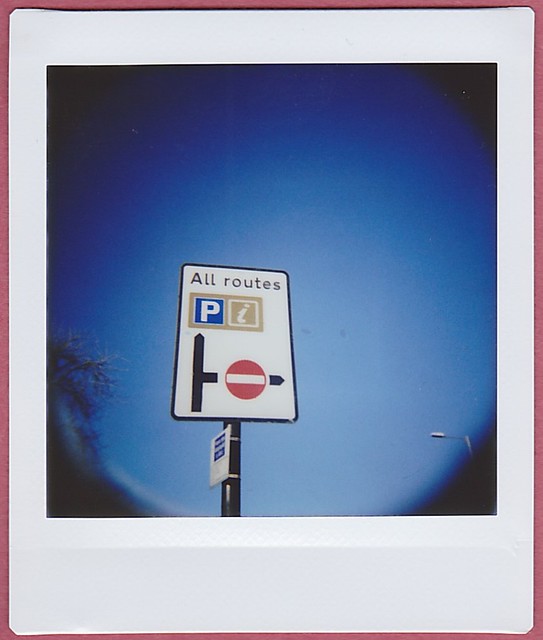
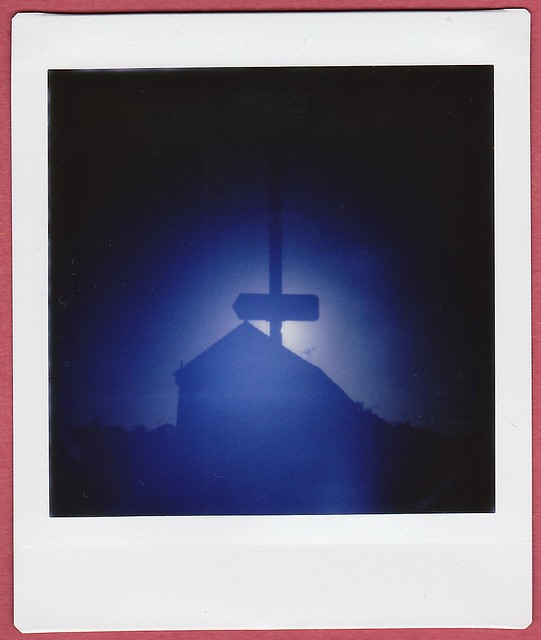
3 thoughts on “Squaring the lomo – the lomography diana instant square review”